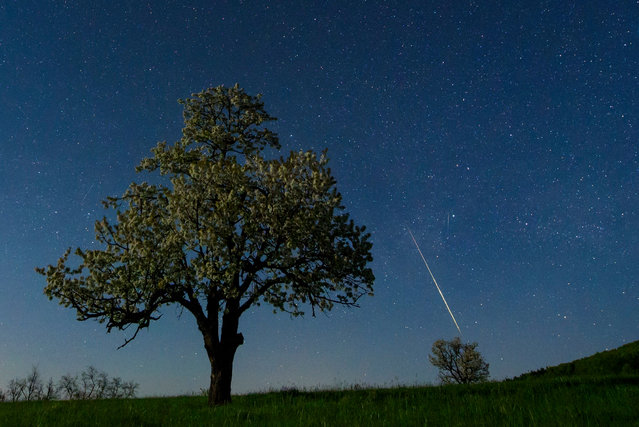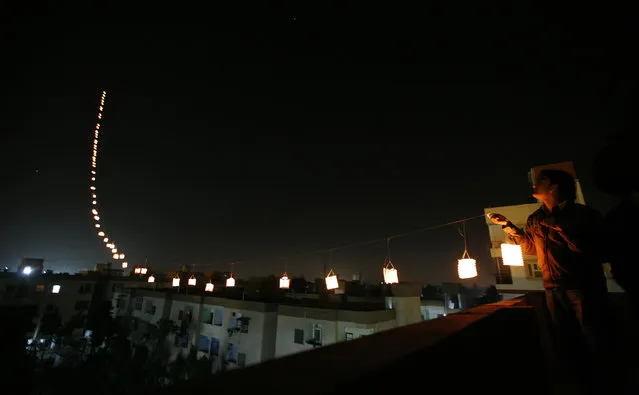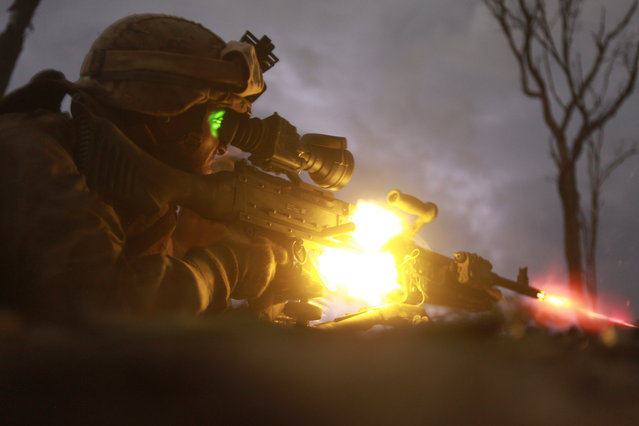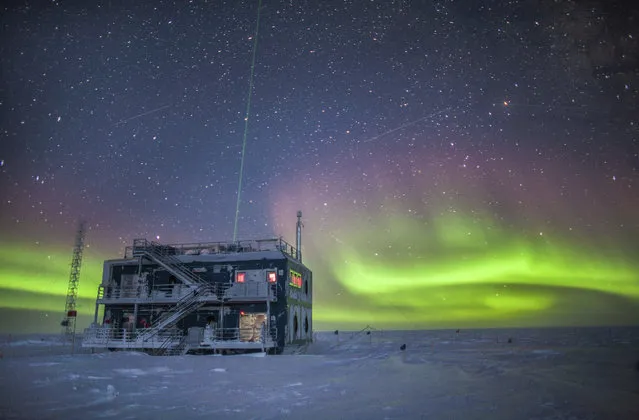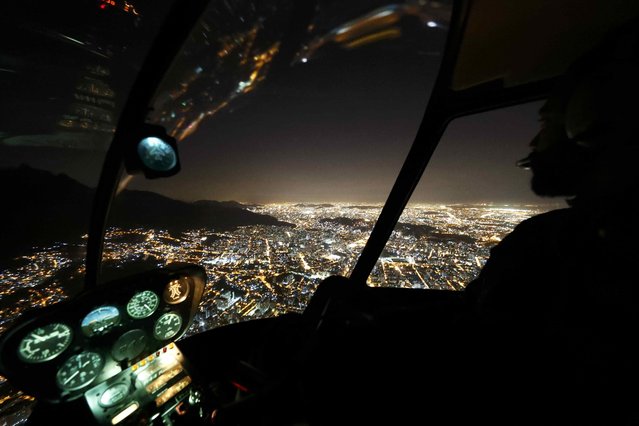
A pilot steers his helicopter at night over Rio de Janeiro, Brazil, less than two weeks before the start of the Rio 2016 Olympic Games, July 23, 2016. Picture taken July 23, 2016. (Photo by Pawel Kopczynski/Reuters)
26 Jul 2016 10:46:00,post received
0 comments

